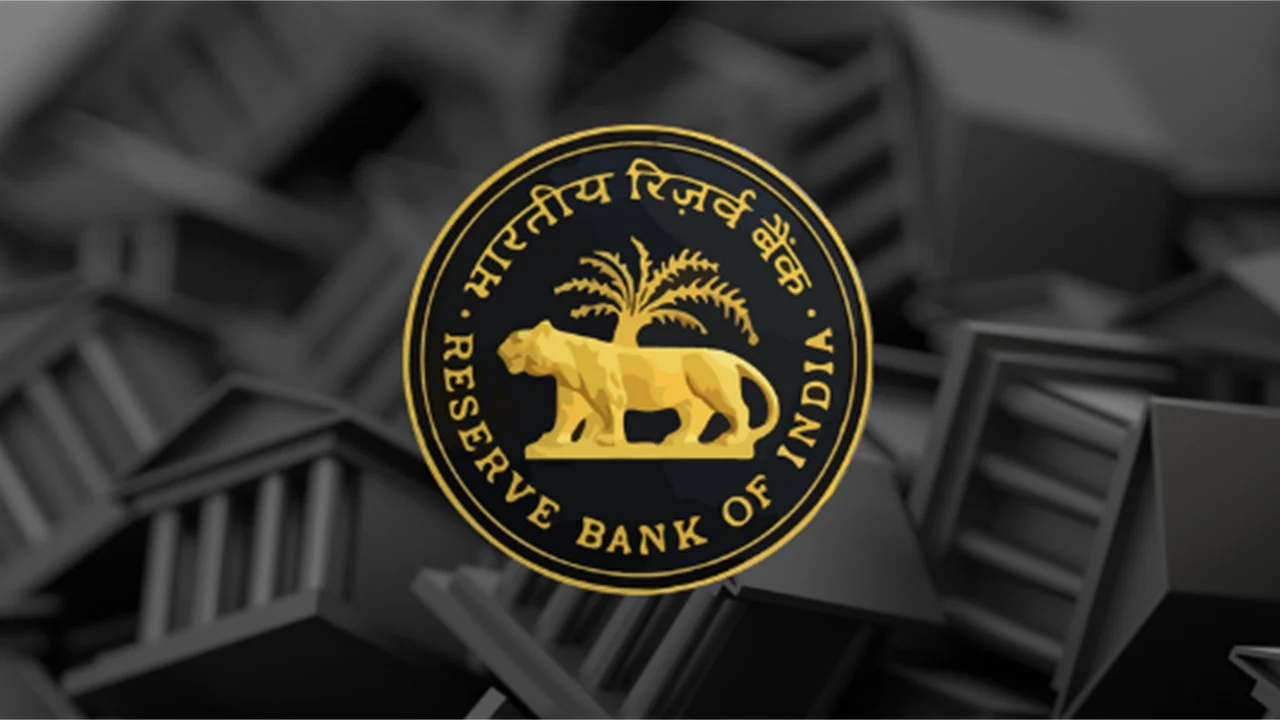Bids amounting to Rs 2.08 trillion were received by the Reserve Bank of India (RBI) during the 13-day variable rate repo auction (VRR) on Friday, surpassing the notified amount of Rs 1 trillion. As of February 22, the banking system’s liquidity deficit was reported at Rs 2.37 trillion, as per the latest data from the RBI. To address this, the RBI is set to conduct a 3-day VRR auction on February 26, injecting Rs 1.5 trillion into the banking system.In response to the liquidity deficit easing to Rs 1 trillion in February, the RBI had observed overnight money market rates falling below the repo rate. Subsequently, a series of variable rate reverse repo auctions were initiated by the central bank to align rates with the repo rate. The weighted average call rate settled at 6.68 percent on Friday, slightly up from 6.55 percent on Thursday.
RBI Governor Shaktikanta Das, in his monetary policy statement, attributed liquidity conditions to external factors and anticipated their correction in the near future, supported by market interventions. Emphasizing the RBI’s agility in liquidity management, he highlighted the use of both repo and reverse repo operations. Das affirmed the central bank’s commitment to employing a balanced mix of instruments to regulate short-term and long-term liquidity, ensuring the systematic evolution of money market interest rates while upholding financial stability.The substantial oversubscription of bids during the 13-day variable rate repo auction reflects the robust market demand for liquidity. The infusion of Rs 2.08 trillion, exceeding the initially announced Rs 1 trillion, indicates the banking sector’s keen interest in addressing liquidity challenges. The liquidity deficit of Rs 2.37 trillion in the banking system, as of February 22, underscores the importance of these interventions.
The upcoming 3-day VRR auction on February 26, injecting Rs 1.5 trillion into the banking system, aligns with the Reserve Bank of India’s proactive approach to manage liquidity and ensure the smooth functioning of financial markets. These measures aim to strike a balance, addressing short-term liquidity concerns while fostering long-term stability.







